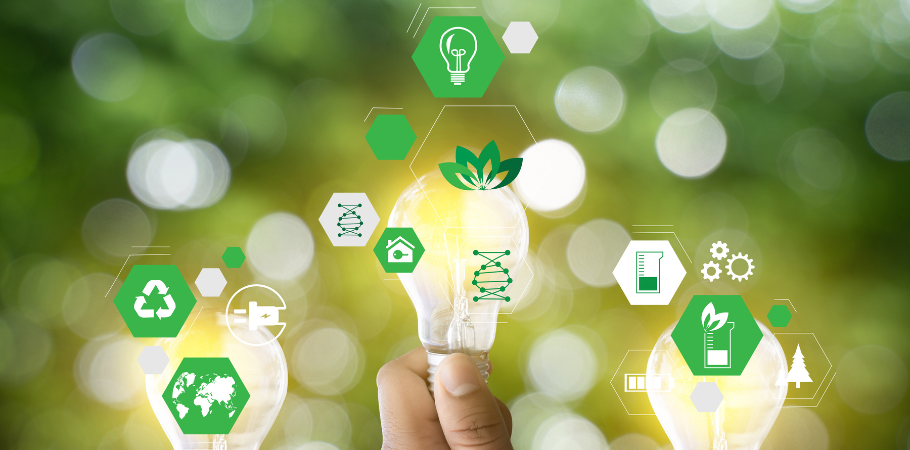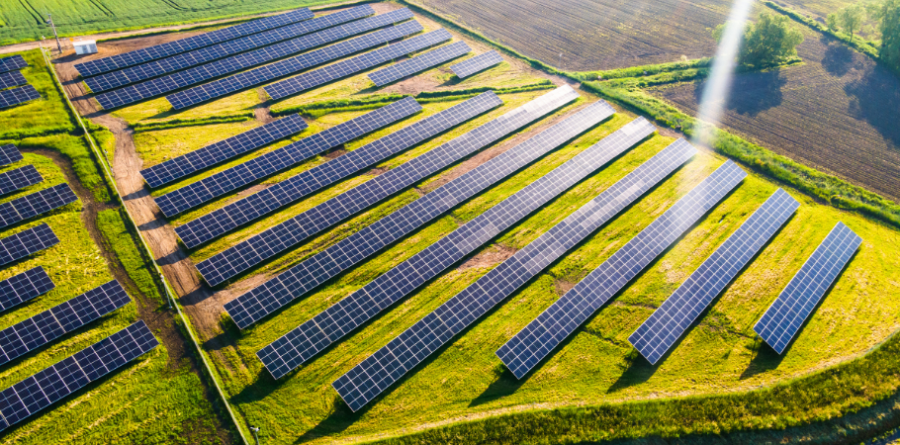
What is green transition? This question is rapidly becoming central to global efforts to combat climate change and promote sustainability. In simple terms, the green transition refers to the process of shifting from a traditional, fossil-fuel-based economy to one that is environmentally sustainable, low-carbon, and resilient to climate change.
This article will delve into the various aspects of the green transition, its importance, and how it is being implemented across different sectors of society.
What is Green Transition? A Comprehensive Definition
What is green transition? It is a broad concept that encompasses a range of strategies and actions aimed at reducing environmental impact, mitigating climate change, and promoting sustainable development. The green transition involves a fundamental transformation in how we produce and consume energy and manage natural resources. The ultimate goal is to achieve a low-carbon, circular economy that operates within the planet’s ecological boundaries.
The green transition is not just about environmental protection; it also has significant social and economic dimensions. It helps reduce pollution and promotes cleaner technologies. Thus, it can create new job opportunities, enhance energy security, and improve public health.
For example, when countries invest in renewable energy sources such as wind, solar, and hydropower, they are actively participating in the green transition by reducing their reliance on fossil fuels and lowering carbon emissions.
Key Components of the Green Transition
1. Energy Transition: The Heart of What is Green Transition
The energy transition is a critical component of the green transition. It involves moving away from fossil fuels, and towards renewable energy sources like solar, wind, and geothermal energy. Understanding what is green transition also means recognizing that this energy shift is essential for reducing greenhouse gas emissions, which are the primary driver of climate change.
Renewable energy is not only cleaner but also increasingly cost-competitive with traditional energy sources. Advances in technology have made renewable energy more accessible and affordable, enabling countries to reduce their carbon footprint.

For instance, countries like Denmark and Germany are leading the way in the energy transition by investing heavily in wind energy. Thanks to that, it now supplies a significant portion of their electricity needs.
2. Circular Economy: A Core Aspect of What is Green Transition
The concept of a circular economy is another cornerstone of the green transition. Unlike the traditional linear economy, a circular economy aims to keep resources in use for as long as possible. This is achieved through strategies such as recycling, reusing, and refurbishing products, as well as designing goods for longevity.
By minimizing waste and maximizing the value extracted from resources, the circular economy helps reduce environmental impact and conserves resources. It also fosters innovation and creates new business opportunities in areas such as product design, waste management, and resource recovery.
Companies like Patagonia and IKEA are embracing the circular economy by offering repair services and take-back programs for their products, encouraging customers to extend the life of their purchases rather than discarding them.
3. Sustainable Urban Development: Integrating What is Green Transition
Cities are at the forefront of the green transition, as they are responsible for a significant portion of global energy use and carbon emissions. Sustainable urban development focuses on creating cities that are environmentally friendly, resource-efficient, and resilient to climate change.
This includes promoting energy-efficient buildings, expanding public transportation networks, and increasing green spaces. It also involves incorporating smart technologies that can help optimize resource use and reduce emissions, such as smart grids, energy-efficient lighting, and intelligent transportation systems.
For example, the city of Copenhagen has implemented a comprehensive plan to become carbon-neutral by 2025. This includes initiatives such as expanding bike lanes, increasing the use of district heating, and retrofitting buildings for energy efficiency.
The Role of Policy and Regulation
Understanding what is green transition also involves recognizing the critical role of policy and regulation in facilitating this shift. Governments play a crucial role in creating the regulatory framework and providing the necessary incentives for businesses and individuals to adopt more sustainable practices. Policies such as carbon pricing, subsidies for renewable energy, and stricter emissions standards are essential tools for driving the green transition.
In addition to national policies, international cooperation is also vital. The Paris Agreement set global targets for reducing GHG emissions and encouraged countries to collaborate to achieve a sustainable future.
The European Union’s Green Deal is a comprehensive policy initiative aimed at making Europe the first climate-neutral continent by 2050. It includes measures such as investing in renewable energy, improving energy efficiency, and supporting green technologies.
Besides, corporations are key players in the green transition, as their actions can significantly influence global emissions and resource use. Many companies are now setting ambitious sustainability goals, such as reducing their carbon footprint, transitioning to renewable energy, and adopting circular economy principles.
Corporate responsibility in the green transition also involves transparency and accountability. Companies are increasingly expected to report on their environmental impact and disclose their sustainability practices to stakeholders.
Tech giants like Apple and Google have committed to using 100% renewable energy in their operations. Moreover, they are investing in innovative technologies to reduce their environmental impact.
The Social Dimension of What is Green Transition
The green transition is not just about environmental sustainability; it also has important social implications. Ensuring a just transition that benefits all segments of society is critical to its success. This means creating new job opportunities in green industries, providing training and support for workers transitioning from traditional industries, and ensuring that the benefits of the green transition are shared equitably.
In addition to economic opportunities, the green transition can also improve public health by reducing pollution and promoting healthier lifestyles. For example, expanding public transportation and encouraging active transportation options like walking and cycling can reduce air pollution and promote physical activity.

In fact, the green transition has the potential to create millions of new jobs in renewable energy, energy efficiency, and other green industries, providing new opportunities for workers in regions that are currently dependent on fossil fuels.
Conclusion
So, what is green transition? Basically, it is a necessary and transformative process that is essential for building a sustainable future. By shifting to renewable energy, embracing the circular economy, promoting sustainable urban development, and implementing supportive policies, we can reduce our environmental impact and create a more resilient and equitable world. The green transition is not just an environmental imperative; it is also an opportunity to drive innovation. In addition, it helps create new economic opportunities, and improve quality of life for people around the globe. As individuals, businesses, and governments, it is our collective responsibility to support and accelerate this transition for the benefit of future generations.
See more: Why Green Hydrogen Is the Future of the Global Energy Transition?


